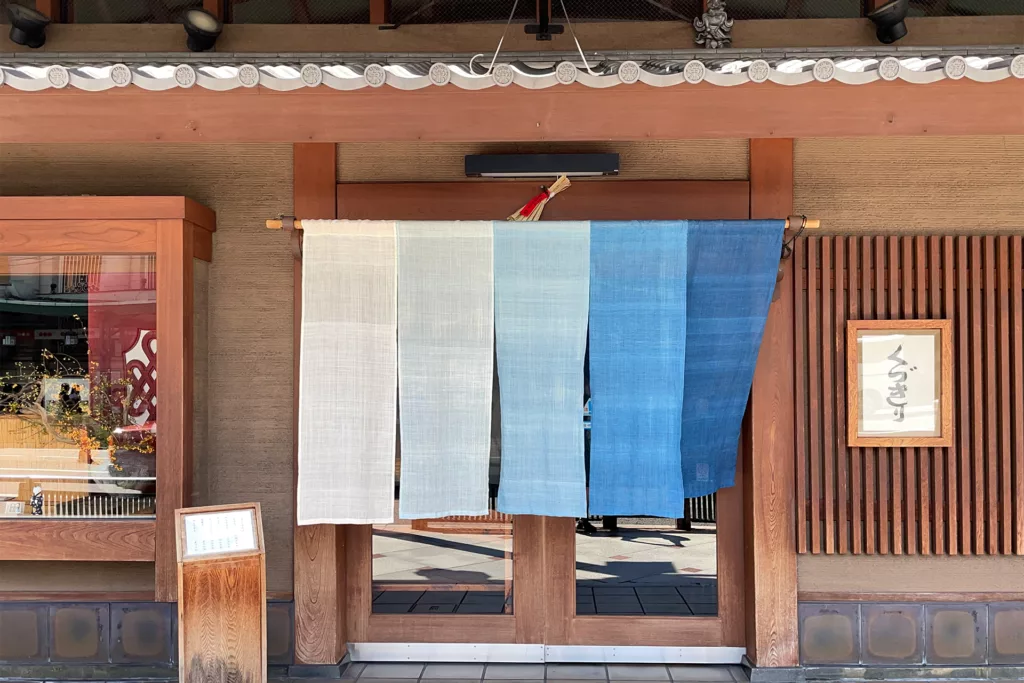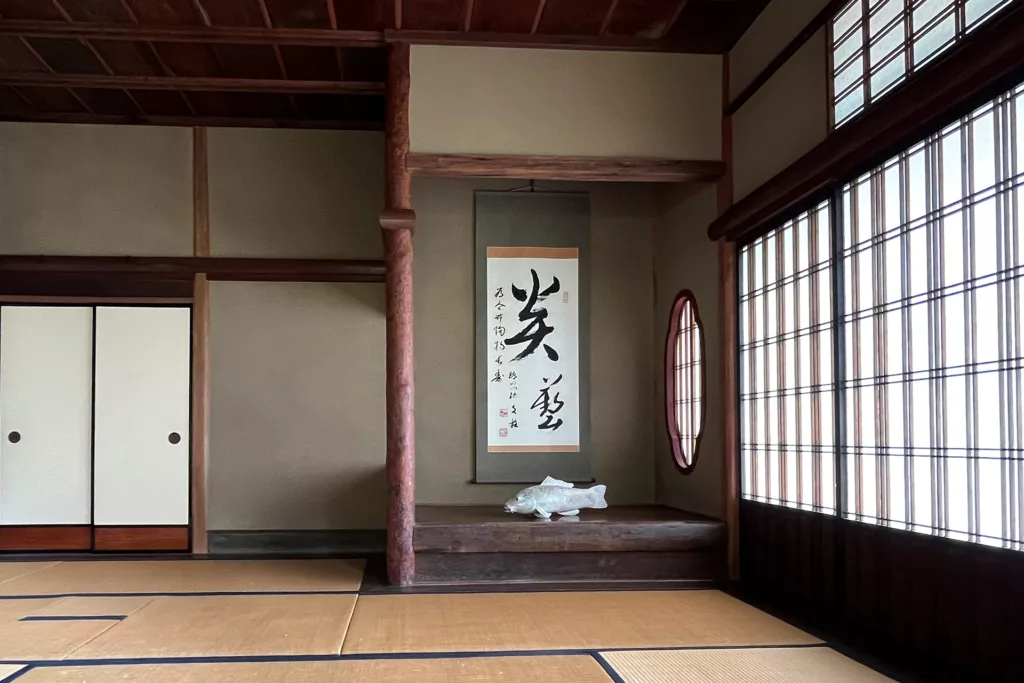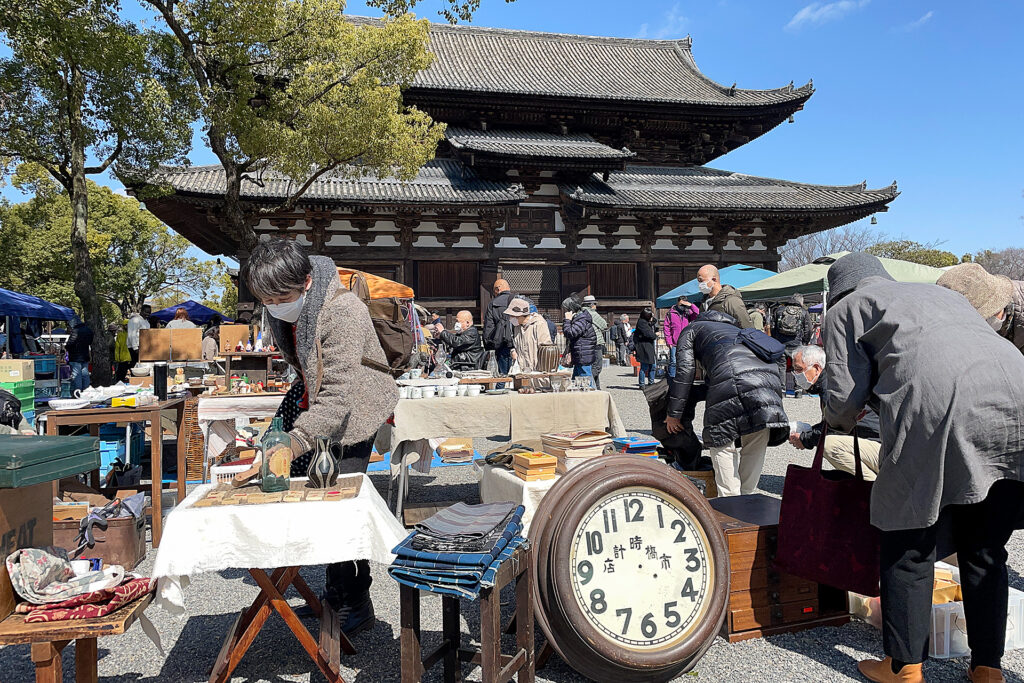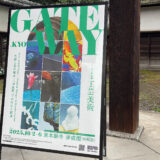Now, we will introduce the top 5 blog posts based on page views over the past year.
5th: Noren: A Distinctive Symbol of Japanese Culture and Craftsmanship
The article discusses Noren, traditional Japanese fabric dividers used in shops, restaurants, and homes, especially in Kyoto. Initially functional, protecting interiors, they evolved into symbolic identity carriers and a form of traditional advertising. Celebrated as textile art, Noren embody the Japanese concept of “yo no bi”—the beauty of everyday usefulness—connecting to centuries of craft and design.

4th: The Moon in Japanese Culture: Traditions, Legends, and Landmarks
This blog post explores the significance of the moon in Japanese culture, traditions, legends, and famous places. The Mid-Autumn Moon Festival, also known as “Tsukimi,” is a tradition dating back to the Heian period, where people gather to admire the full moon, compose poetry, and enjoy seasonal delicacies. The moon also holds symbolic importance in Japanese literature and performing arts, representing beauty, transience, and melancholy, often used as a metaphor for fleeting moments and emotions.

3rd: Tokonoma: A Window to Japanese Aesthetics and Spirituality
The blog post introduces the tokonoma, a traditional Japanese alcove for displaying art that reflects Japanese aesthetics and hospitality. Originating from Zen Buddhism and tea ceremonies, it emphasizes simple, seasonal displays for contemplation. While less common in modern homes, its essence of minimalist and thoughtful display continues to influence Japanese design. The tokonoma embodies an invitation to appreciate beauty and find quietude.

2nd: The Chrysanthemum and Japan: A Timeless Connection in the Days Leading to Choyo no Sekku
This article delves into the deep and enduring connection between chrysanthemums and Japanese culture, particularly in the period leading up to the Double Ninth Festival (重陽の節句) on September 9th. It explains the symbolism of the chrysanthemum, which was introduced to Japan around the 8th century and has been associated with the Japanese aristocracy ever since, representing longevity and good fortune. The chrysanthemum became the imperial crest, and Emperor Gotoba incorporated it as a symbol of power, even featuring it in sword designs. The rising interest in Japanese swords further highlights this symbolic pairing of chrysanthemums and swords – power and beauty. Finally, the article touches upon the role of chrysanthemums in traditional crafts such as kimono designs and ceramics, illustrating how they symbolize elegance and refinement.

1st: Antique Markets in Kyoto
This article describes the antique markets in Kyoto, emphasizing the significant role they play in reflecting the city’s rich history and culture. These markets are more than just places to buy and sell goods; they serve as crossroads where the past and present intersect, attracting both locals and tourists. The article introduces several major antique markets in Kyoto, including the To-ji Temple Kobo Market, the Kitano Tenmangu Shrine Tenjin Market, the To-ji Temple Garakuta Market, and the Kyoto Heian Antique Fair, each offering a diverse range of goods such as antiques, kimonos, toys, and food.

How was it?
Did you find any articles that caught your interest?
We will continue to share a variety of information about the beauty of crafts, Japanese and Kyoto culture, recommended spots in Kyoto, art events, and more. We look forward to your continued support of the Kogei Art KYOTO blog.
If you subscribe to our email newsletter, you will be the first to receive updates on our blog.
You can subscribe to the email newsletter at the bottom of this page.




